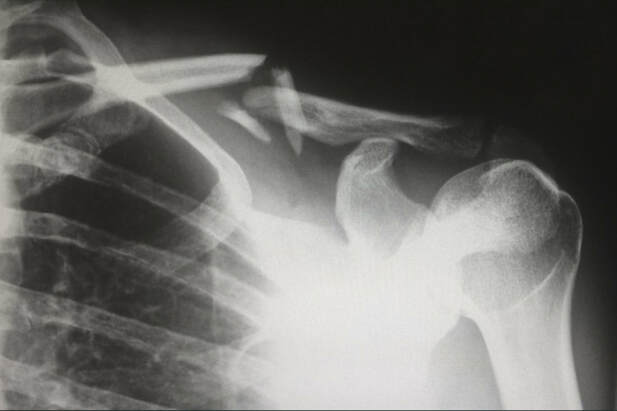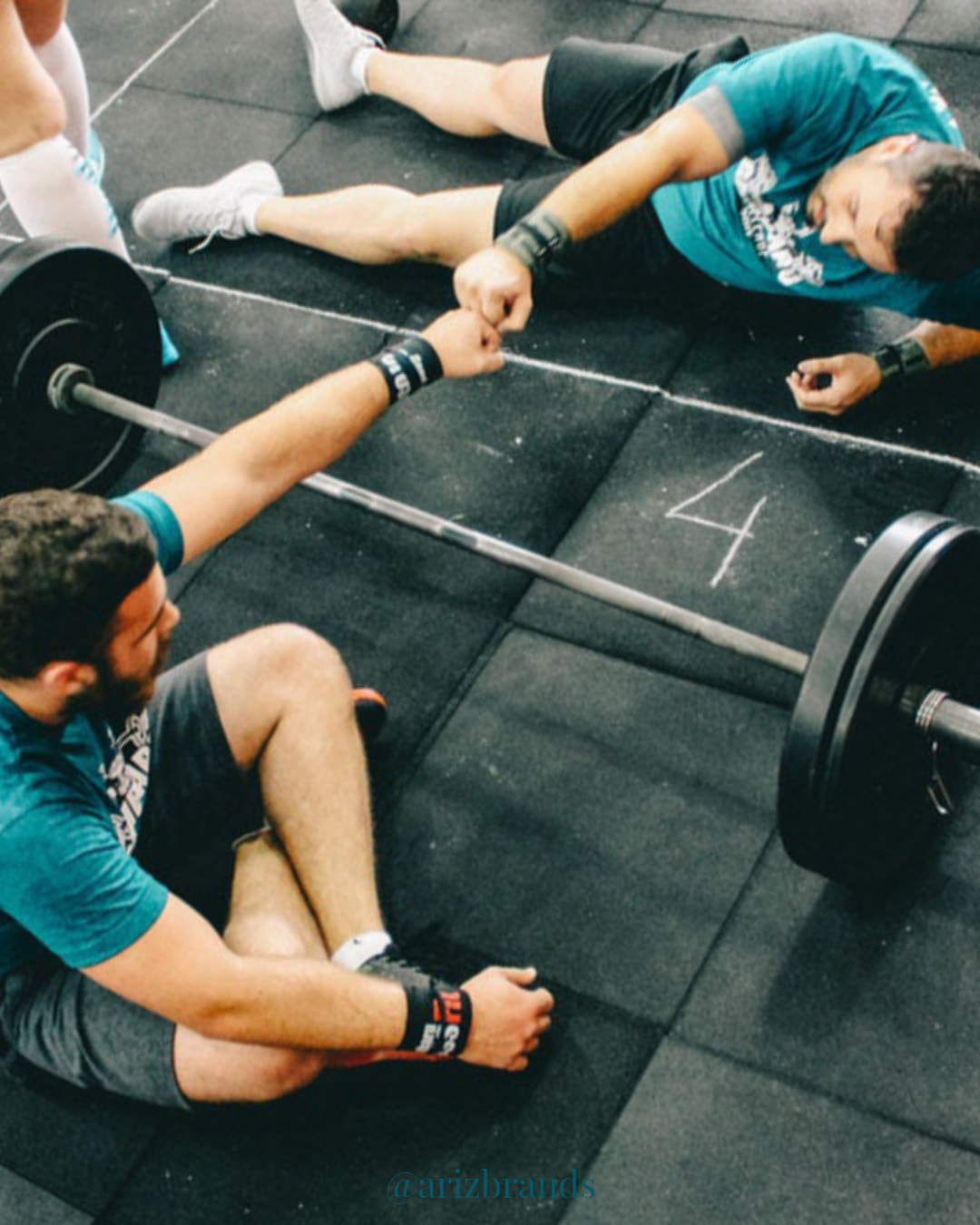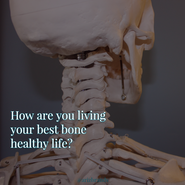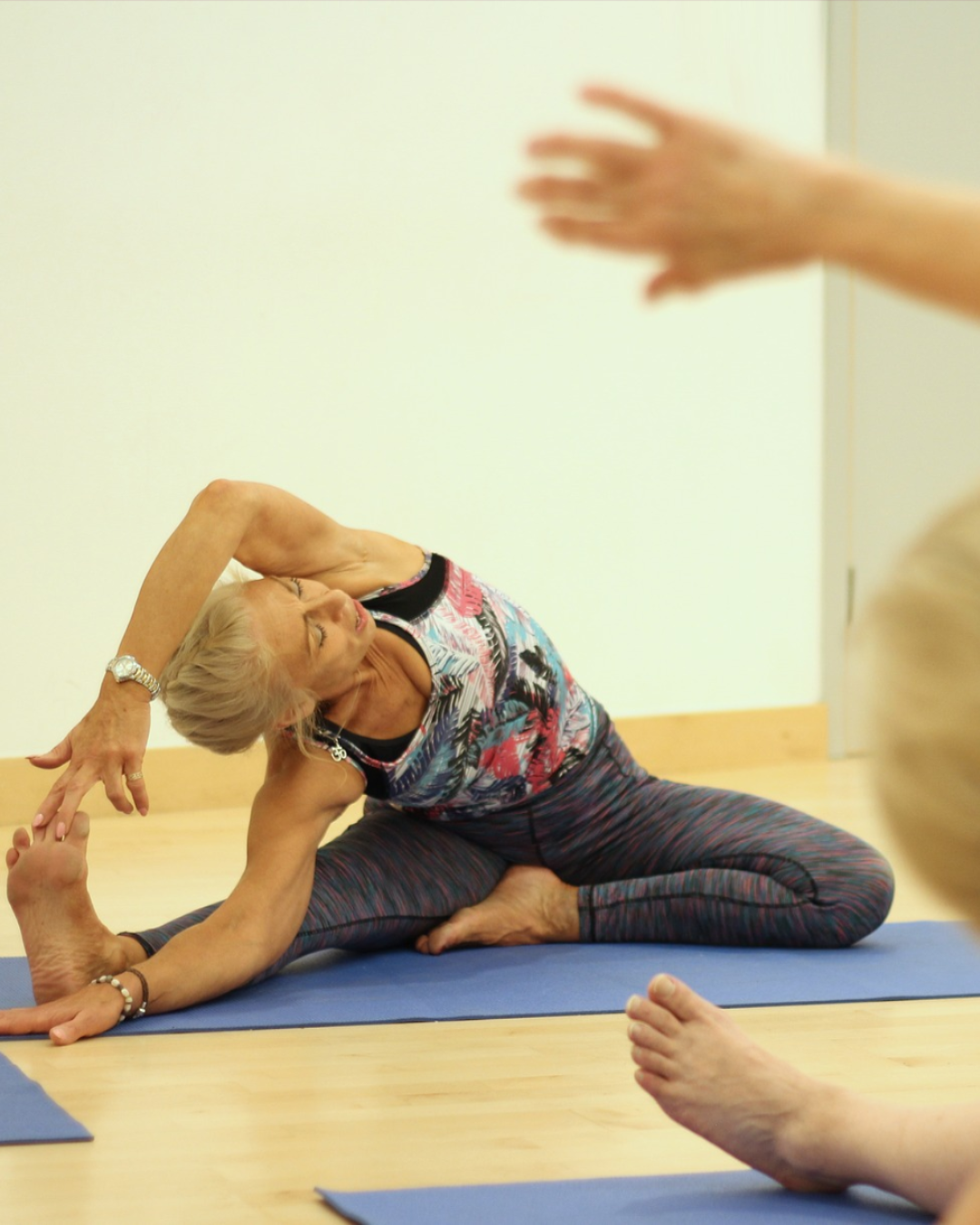Calcium
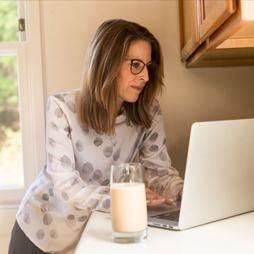
Every day, we lose calcium naturally through our skin, nails, hair, sweat, etc. Our bodies cannot produce its own calcium. We ingest calcium through our diet and when we don’t get enough calcium that our body needs, it is taken from our bones. If it happens too often, bones get weak and easier to break.
Inadequate calcium significantly contributes to the development of osteoporosis. Many published studies show that low calcium intake throughout life is associated with low bone mass and high fracture rates. National nutrition surveys have shown that most people are not getting the calcium they need to grow and maintain healthy bones.
Getting enough calcium in your diet can help maintain bone strength and lessen your risk of developing osteoporosis.
Dairy products, such as milk, yogurt, and cheese are high in calcium. Certain green vegetables and other foods contain calcium in smaller amounts.
Of course another great an easy way to add calcium is calcium supplements. Our Cal10 Plus and Calnesium offer sources of calcium to provide the best opportunity for absorption in the body.
Vitamin D
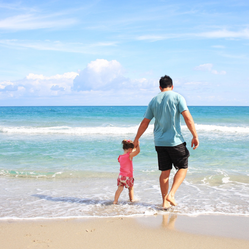
You can get vitamin D in three ways: through the skin from sunlight, from the diet, and from supplements. Experts recommend a daily intake of 600 IU (International Units) of vitamin D up to age 70. Men and women over age 70 should increase their uptake to 800 IU daily,
There are many reasons people do not have enough vitamin D and as we age, our skin loses its ability to generate the vitamin. People who live in cities or in institutional settings like nursing homes spend too little time outdoors. Even people who spend time outdoors often use sunscreen to prevent skin cancer. Sunscreen with an SPF as low as 8 reduces vitamin D production by 95 percent.
Men & OsteoOsteoporosis develops less often in men than in women because men have larger skeletons, their bone loss starts later and progresses more slowly, and they have no period of rapid hormonal change and bone loss. However, in the past few years the problem of osteoporosis in men has been recognized as an important public health issue, particularly in light of estimates that the number of men above the age of 70 will continue to increase as life expectancy continues to rise. | Women & OsteoWomen account for an estimated 80% of Americans with Osteoporosis and approximately one in two over the age of 50 will break a bone because of Osteoporosis. Women tend to have smaller, thinner bones than men; and estrogen, a hormone in women that protects bones, decreases sharply when women reach menopause, which can cause bone loss. This is a large factor in why the chance of developing osteoporosis is drastically more prevalent in women than men.The greater your bone density is to begin with, the lower your chance of developing osteoporosis. For some women, bone loss happens faster than for others. In fact, a woman can lose up to 20% of her bone density during the five – seven years following menopause. If you lose bone quickly, you have a greater chance of developing osteoporosis. |

